2020 EPA Regulations For Wood Stoves: What Do They Mean For You?
The EPA regulations for wood stoves, hydronic heaters, cookstoves, and other wood burning products have changed in recent years, with the latest update happening in May of 2020. But what do the EPA regulations mean for wood stove owners? Why do they exist in the first place? What if you own a stove that doesn’t meet the requirements? Can you still purchase a wood heating appliance that was made before 2020? Read on to find the answers to the most common questions about EPA regulations for wood stoves and other wood burning products.
Why are there EPA regulations for wood burning products?
We covered this in greater detail here, but here are the basics: When you burn wood, the resulting smoke contains small particles called PM2.5. These tiny particles can get in the lungs, eyes, and nose, creating mild to severe health problems. If enough homes in a residential area are burning wood at the same time, the levels of PM2.5 in the atmosphere can become a serious risk to the community.
As a result, the EPA implemented regulations to keep air quality healthy for residents all over the country. These regulations are generally referred to as the New Source Performance Standards (NSPS), and are found in the federal code of regulations under 40 CFR 60. Subpart AAA concerns residential wood heaters, while Subpart QQQ deals with residential hydronic heaters and forced-air furnaces.
What do the New Source Performance Standards apply to?
The NSPS applies to adjustable burn rate wood heaters, single burn rate wood heaters, pellet stoves, residential hydronic heaters, forced-air furnaces, and all other residential wood heaters. A few notable devices are exempt, including wood cookstoves.
In 2015, the NSPS received its first major update in twenty-seven years, which has dramatically affected the market for wood stoves and other major wood burning appliances.
What were the 2015 regulations for woodstoves?
Any wood stove manufactured between May 15, 2015 and May 15, 2020 was required to adhere to a limit of 4.5 grams per hour of particulate matter (4.5g/hr) in order to be EPA-certified.
What are the 2020 EPA regulations for woodstoves?
On May 15, 2020, we entered “Step 2” of the emission guidelines set by the EPA. Wood stoves manufactured after May 15, 2020 must emit no more than 2.0g/hr of particulate matter to be EPA-certified.
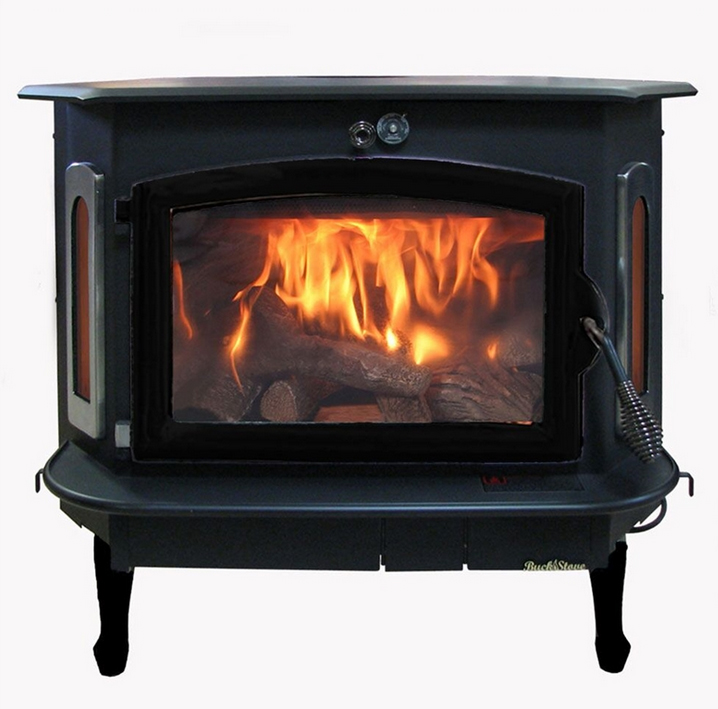
Why does it matter if a woodstove is EPA-certified?
Effective May 15, 2020, retailers are only allowed to sell EPA-certified woodstoves if they meet Step 2 emission standards (2.0g/hr). While it is legal to own and operate a woodstove that does not meet the Step 2 emission standards, it is a violation of EPA regulations (and therefore against the law) to sell woodstoves that are not EPA-certified.
I own a woodstove that was manufactured before May 15, 2020. What should I do?
Step 2 of the NSPS does not affect existing heating appliances currently in use by homeowners, so if you already own a woodstove, fireplace, wood boiler, or other wood heating appliance that does not meet Step 2 emission standards, you may continue using it.
The EPA’s goal is to gradually phase out non-compliant heating devices. Think of it this way: Eventually, most people will upgrade their heating appliance. When they do, the only appliances available for purchase will be Step 2 compliant, which means that all non-compliant stoves will be naturally replaced over time.
How do the Step 2 emission limits affect wood cookstoves?
Wood cookstoves are exempt from the Step 2 emission limits of the NSPS, as long as the appliance meets the EPA’s definition of a cookstove, found here.

I own a wood furnace, wood boiler, or other hydronic heater. What do the 2020 EPA regulations mean for me?
Hydronic heaters and forced-air furnaces are subject to the same emission limits as other wood heaters (2.0g/hr), but as with wood stoves, the new emission limits only apply to newly manufactured units, not existing wood-burning heaters that are already in use in people’s homes.
What does Step 2 of the NSPS mean for wood heating retailers/distributors and manufacturers?
As of May 15, 2020, the sale of heating appliances that do not comply with Step 2 of the NSPS is prohibited (unless they are exempt, such as wood cookstoves). Many businesses that sell wood heating appliances hoped that the EPA would allow a sell-through period after May 15 because a sell-through period would allow retailers time to sell their stock of EPA-certified stoves that meet Step 1 standards but not Step 2.
While the EPA initially decided against a sell-through period, due to how the COVID-19 pandemic has affected many small businesses, as of June 2020 the agency is considering a proposal that would offer a “deadline extension”. This extension would allow Step 1 compliant heating appliances to be sold between September 20 and November 30, 2020, providing some relief to retailers who are normally able to sell their inventory in the spring months. In the meantime, however, the sale of heating appliances that are not Step 2 compliant is still prohibited.
The regulations for woodstoves and other wood heaters can be a challenge to navigate, especially as we enter Step 2 of the New Source Performance Standards, but Obadiah’s Woodstoves is here to help you understand what you need to know. If you have any questions, please let us know!
This article is current as of 6/4/2020. It will be updated with new information, particularly about the status of the deadline extension, as it becomes available.
Resources:
EPA Certified Wood Heater Database – A list of all EPA-certified wood heaters.
EPA Summary for Final 2020 New Source Performance Standards for Residential Wood Heaters
Final New Source Performance Standards (4/2/2020)


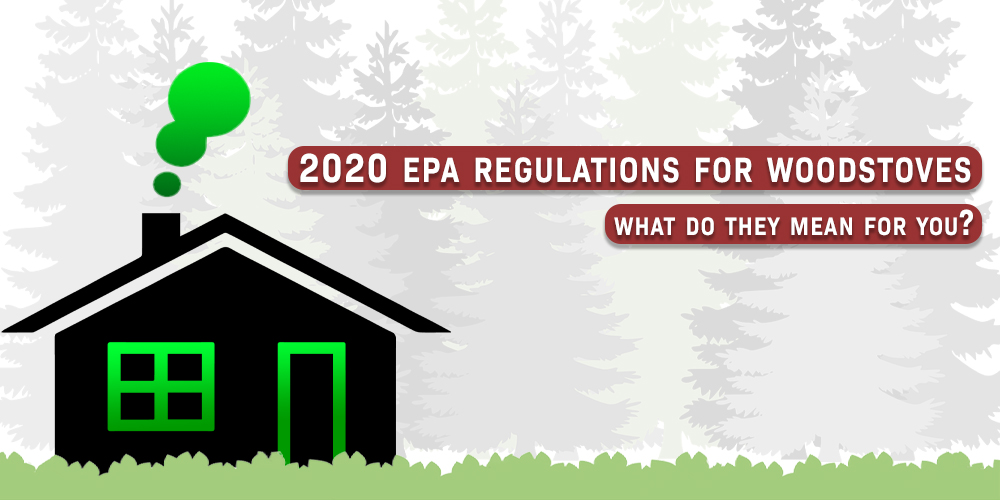
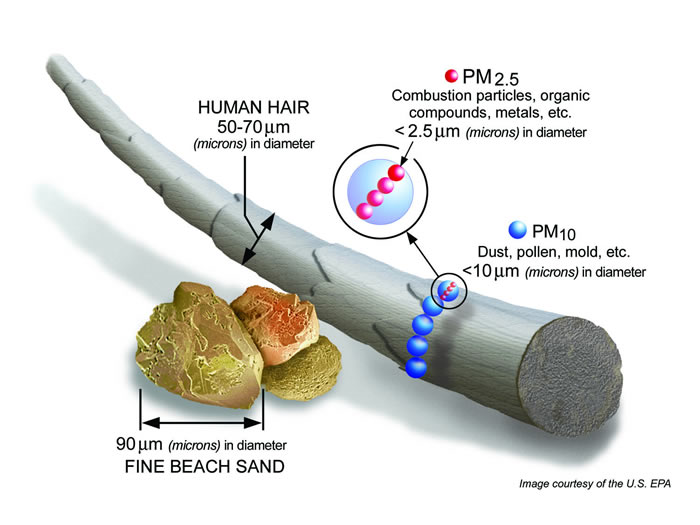
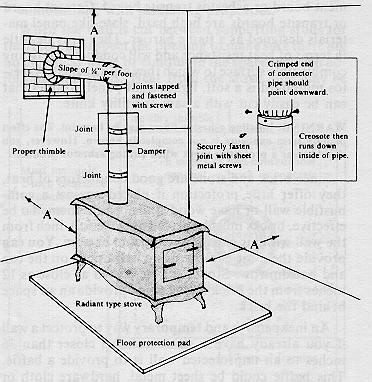

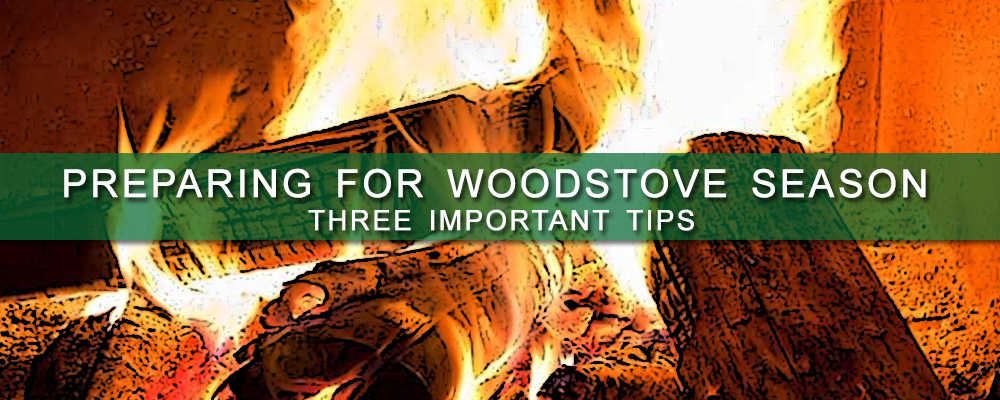


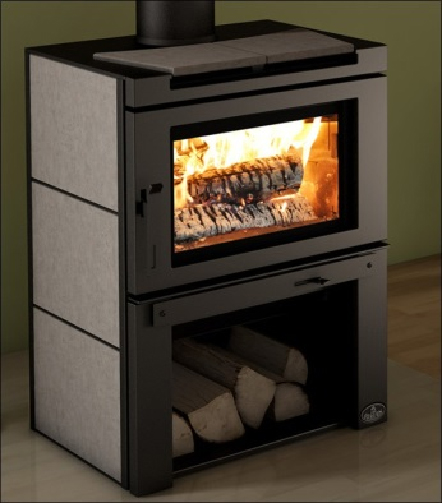
Funny how the U.S. has to abide by strict air pollution regulations but not the communist block countries. I guess they live on a different planet and pollute a different atmosphere.. Are these regulations really designed to protect the public’s health or to destroy the economy of the United States? If wood smoke is so deadly, why didn’t our ancestors become extinct?
Wood smoke and all PM2.5 sources will mostly impact health locally, more or less where they are generated since concentrations are high. Eventually the particles are diluted into broader atmosphere and reach concentrations that are unlikely to cause lung problems. So eastern Europeans burning wood and coal aren’t creating US problems, just killing themselves. And yes they have huge issues with lung and respiratory diseases compared to US and western Europe.
No consent of the “governed” necessary, even though the only legal authority the government has is that which is granted by the people they swore an oath to serve. Regulations should only apply to areas plagued with people who would allow such overstepping of authority (transfrancisco, etc.)